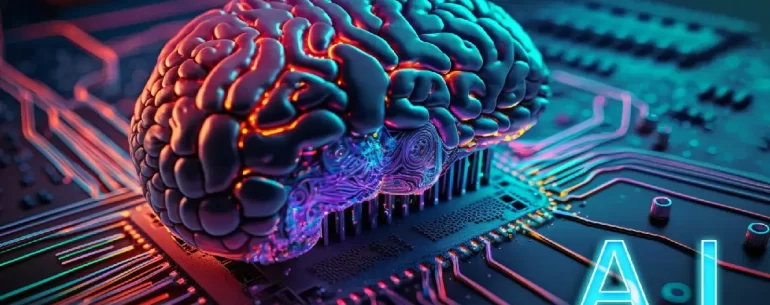With the advancements in Artificial Intelligence (AI) and Natural Language Processing (NLP), AI-generated content has become increasingly prevalent. While AI-powered language models like ChatGPT can produce remarkably coherent and contextually relevant text, they still often exhibit certain patterns and characteristics that can give away their machine origin. Below are some tips for How to Spot If an Article Has Been Written by AI.
By understanding the formulaic nature of AI-generated text and employing specific strategies to enhance originality, readers can begin to better identify and evaluate the use of AI in written content.
The Formulaic Nature of AI Text
One of the key indicators of AI-generated text is its formulaic structure. AI models like ChatGPT often follow certain patterns and repetitions, which can be discerned with careful observation. These patterns can manifest themselves in various ways, including repetitive sentence structures, predictable paragraph organisation, and consistent tone and phrasing throughout the article. While this consistency can contribute to coherence, it may lack the nuanced variation and stylistic choices that are characteristic of human-authored content. By identifying these formulaic patterns, readers can gain clues about the possible AI origin of the article.
Instructions to Enhance Originality
While AI models are capable of generating genuinely informative text, they often require specific instructions to produce more original and creative content. By providing appropriate prompts and guidelines, users can influence the output and encourage AI models to generate text that goes beyond these predictable patterns.
For instance, instead of simply asking for a generic article, users can instruct the AI to include personal experiences, anecdotes, or different perspectives on a topic. Encouraging the exploration of diverse viewpoints and injecting creativity into the prompts can help mitigate the formulaic nature of AI-generated content.
Using AI to Facilitate Writing, Not Replace It
AI models like ChatGPT should be seen as writing tools rather than replacements for human authors. While they can generate text and provide valuable insights, a level of human intervention and editorial judgment is still essential. AI-generated content can serve as a starting point, providing research material, ideas, or even draft paragraphs. However, the responsibility of refining and curating the content lies with human writers. By viewing AI as a facilitator rather than a substitute, we can harness the advantages of technology while preserving the value of human creativity and expertise in the writing process. Click here for tips on how to write engaging social media posts that could benefit your company – even if you are aided by AI.
Prompts to Encourage Creativity in AI Text
To make AI-generated text more creative and less formulaic, specific prompts and instructions can be given – although many would argue there is no substitute for human-written creative text like that produced by Deepbluemedia, a Tenerife marketing company. Below are a few suggestions you might like to try to make AI text more engaging and interesting:
Encourage storytelling: Ask AI to narrate a personal anecdote related to the topic or to provide examples from real-life situations.
Request diverse perspectives: Instruct AI to present arguments from opposing viewpoints or to explore alternative solutions to a problem.
Prompt for imagination: Ask AI to speculate about future scenarios or to imagine hypothetical situations, encouraging it to think outside the box.
Incorporate vivid descriptions: Encourage AI to include sensory details, vivid imagery, and figurative language to make the text more engaging and evocative.
Seek analogies and metaphors: Prompt AI to use analogies or metaphors to enhance the clarity and depth of the content, making it more relatable and thought-provoking.
By utilising these prompts and encouraging creative thinking, AI-generated text can become more diverse, original, and engaging, blurring the lines between human and machine-generated content.
The Potential Issues With AI-generated Content
As AI continues to advance, it is becoming increasingly important to be able to identify articles and content generated by AI models. The formulaic nature of AI text, repetitive structures, and predictable patterns can provide clues for distinguishing between human and machine-generated content.
However, by providing specific instructions, employing AI as a writing facilitator rather than a replacement, and prompting for creativity, we can enhance the originality and quality of AI-generated text. As AI and NLP technologies evolve, the boundaries between human and machine-generated content will continue to blur, necessitating critical evaluation and collaboration between human authors and AI tools to create compelling and authentic written content.


